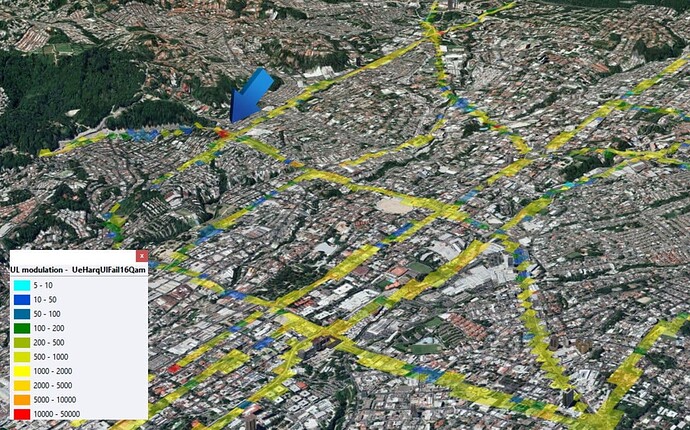In 5G, the Hybrid Automatic Repeat Request (HARQ) process has undergone some enhancements compared to 4G networks.
HARQ is a technique used in wireless communication systems to improve the reliability of data transmission by combining error detection and retransmission mechanisms.
- HARQ Feedback: In 4G, HARQ feedback is based on a simple acknowledgment (ACK) or negative acknowledgment (NACK) sent by the receiver. In 5G, the feedback mechanism is enhanced with the introduction of multiple HARQ-ACK feedback channels. These channels allow for more precise feedback, such as channel state information (CSI) and different ACK/NACK formats, enabling advanced modulation and coding schemes to be used.
- Short TTI (Transmission Time Interval): In 5G, the TTI duration is reduced compared to 4G. A shorter TTI allows for faster feedback and retransmission, leading to lower latency and improved overall system performance.
- Soft Combining: 5G introduces a new feature called soft combining, which enables the receiver to combine multiple received signal instances. This helps in improving the signal quality and increasing the chances of successful decoding, even when some of the received instances are corrupted.
- Codebook-based Precoding: 5G employs advanced beamforming techniques, such as codebook-based precoding, to improve the spatial efficiency and link reliability. This allows for better utilization of radio resources and enhances the HARQ process.
- Channel Coding: 5G introduces new and more efficient channel coding schemes, such as low-density parity-check (LDPC) codes. These codes offer better error correction capabilities compared to the Turbo codes used in 4G, resulting in improved reliability.
The enhancements in the HARQ process in 5G aim to improve the efficiency, reliability, and performance of data transmission, enabling higher data rates, lower latency, and better user experience compared to 4G networks.
Credits: ![]()
